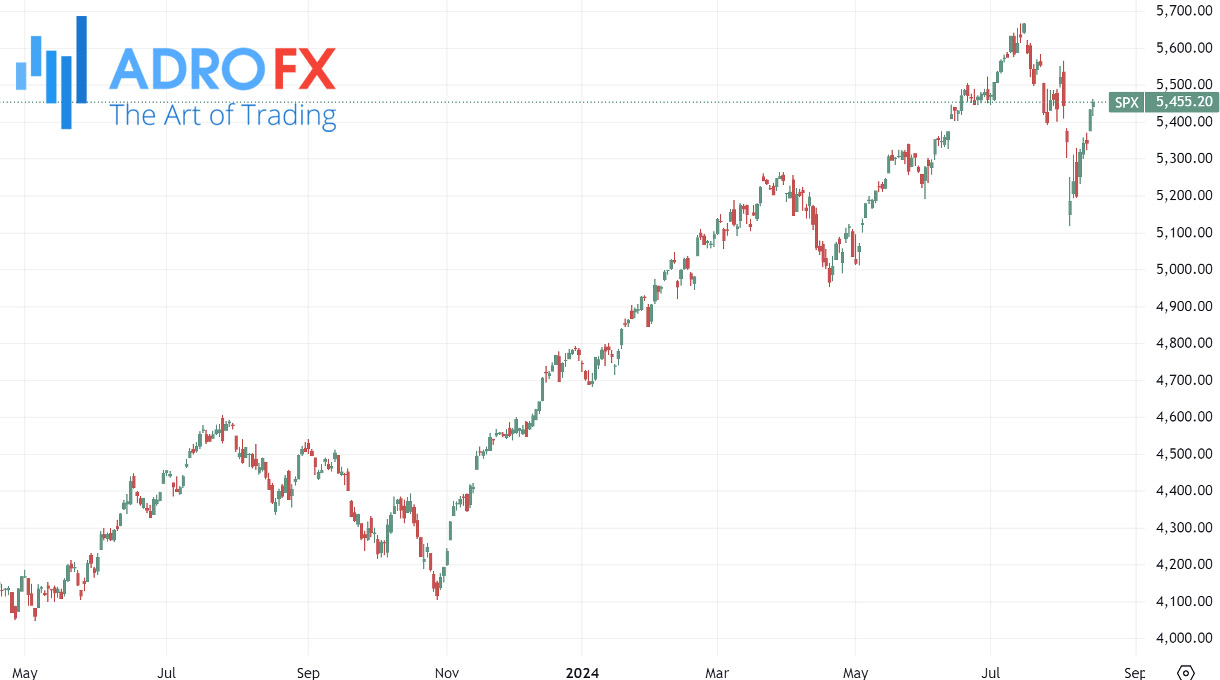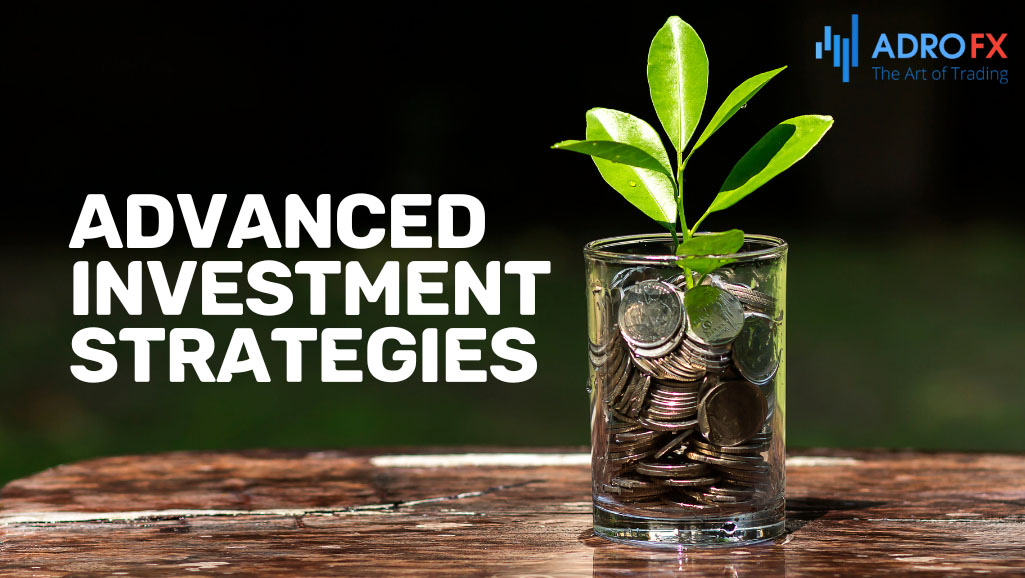How to Invest Wisely: A Complete Guide to Financial Goals, Risk Management, and More

Investing is the process of allocating money into assets with the expectation of generating returns over time. It plays a crucial role in building wealth, allowing individuals to grow their savings and achieve long-term financial goals. Unlike saving, where money is stored with minimal growth, investing offers the potential for greater returns by putting money to work in various markets.
The importance of investing lies in its ability to combat inflation, increase purchasing power, and create financial security. Whether for retirement, education, or major life events, investing helps ensure a stable financial future. To begin, it's important to set clear financial goals, assess risk tolerance, and choose the right investment vehicle based on time horizon and objectives.
Different Types of Investments to Consider for Your Portfolio
Investing can take many forms, each offering varying degrees of risk and return. Choosing the right investment type depends on your financial goals, risk tolerance, and the time horizon for your investments. It's essential to understand the characteristics of each investment option, as they play a crucial role in shaping a well-balanced portfolio.
Stocks are one of the most common and accessible investment options, representing partial ownership in a company. When purchasing stocks, investors buy a share in a company’s future profits and growth. While stocks offer the potential for high returns, especially over the long term, they are subject to significant market fluctuations, making them a riskier investment compared to other asset classes. Factors such as corporate earnings, economic indicators, and market sentiment can influence stock prices.
Bonds, on the other hand, are considered safer investments. They involve lending money to governments or corporations in exchange for regular interest payments and the return of the principal at maturity. Bonds are generally less volatile than stocks and provide more predictable income. However, the trade-off is that they tend to offer lower returns, particularly in low-interest-rate environments. Bonds can be an excellent choice for conservative investors looking for steady income and capital preservation.
Mutual Funds and ETFs (Exchange-Traded Funds) provide diversification by pooling money from many investors to purchase a wide range of assets, including stocks, bonds, or other securities. Mutual funds are typically actively managed by professional fund managers who aim to outperform the market, whereas ETFs are passively managed and designed to track specific market indices like the S&P 500.

ETFs generally have lower fees than mutual funds, making them popular for cost-conscious investors. Both mutual funds and ETFs allow individuals to gain exposure to a diversified portfolio without having to select individual stocks or bonds themselves, reducing specific risk.
Real Estate is another tangible investment option, often chosen by those seeking to generate rental income or capital appreciation through the sale of property. Real estate investing can be lucrative, offering consistent cash flow and the potential for long-term growth. However, it requires significant upfront capital and active management to maintain properties and deal with tenants. Additionally, real estate markets can be affected by interest rates, economic conditions, and local supply-demand dynamics, adding unique risks.
Understanding these investment types is essential for building a diversified portfolio that balances risk and return. Stocks, bonds, mutual funds, ETFs, and real estate each have their place in a well-rounded investment strategy, allowing investors to tailor their approach to their individual goals and preferences.
Also read: Is Investing in 2024 a Favorable Decision?
Understanding Risk and Return in Investing: How to Balance the Trade-off
Risk and return are closely linked in investing, forming the foundation of decision-making in the financial markets. Generally, investments that offer higher potential returns come with greater risk, meaning that the possibility of gaining more is balanced by the potential for loss. For example, stocks often provide higher returns compared to bonds, but they are much more volatile. Understanding this trade-off helps investors make informed choices. Risk tolerance is an individual’s capacity to handle the uncertainty or possibility of losing money. Knowing your risk tolerance allows you to tailor your investment strategy to fit your comfort level, ensuring a balance between growth and security.
Setting Financial Goals for Investing
Before embarking on any investment journey, setting clear financial goals is crucial. Defining both short-term and long-term objectives helps determine the investment strategy that best aligns with an investor’s needs. Short-term goals might include saving for a car or a vacation, while long-term goals often focus on retirement or education funds. Understanding the time horizon for each goal enables a better selection of investments based on the risk and return characteristics that suit the duration. By planning a clear path, investors can set realistic expectations and choose appropriate assets to reach their financial milestones effectively.
The Importance of Diversification in Managing Investment Risk
Diversification is one of the most effective strategies for managing risk in a portfolio. By spreading investments across different asset classes, such as stocks, bonds, real estate, and commodities, investors reduce the impact of any one asset's poor performance on the overall portfolio. A diversified portfolio helps mitigate risk by ensuring that losses in one sector may be offset by gains in another. This strategy enhances stability and ensures that investors are not overly reliant on the success of a single asset class. Proper diversification is essential for minimizing risk and achieving a balanced approach to investing.
Comparing Tax-Advantaged vs. Standard Investment Accounts
Choosing the right investment account is essential for managing both investments and taxes efficiently. Tax-advantaged accounts like IRAs and 401(k)s offer tax benefits that can either defer or reduce taxes on investment gains. Traditional IRAs and 401(k)s allow for tax-deductible contributions, but withdrawals in retirement are taxed. Roth IRAs, on the other hand, allow for tax-free withdrawals in retirement as contributions are made with after-tax income. Standard taxable accounts, while more flexible in terms of withdrawals, do not offer tax breaks on contributions or earnings, meaning investors are subject to capital gains taxes when selling assets at a profit. Understanding how these accounts impact taxes and retirement savings is crucial for making informed investment decisions that align with long-term financial goals.

Active vs. Passive Investing: Choosing the Right Strategy for Your Goals
When it comes to managing investments, investors often choose between active and passive strategies. Active investing involves frequent buying and selling of stocks, bonds, or other assets, aiming to outperform the market. This hands-on approach requires constant monitoring and analysis, and while it can yield higher returns, it also comes with higher fees and increased risk. On the other hand, passive investing typically focuses on holding index funds or exchange-traded funds (ETFs) that track market indices, offering broad market exposure with minimal effort. Passive investing is often favored for its lower costs and reduced risk, making it an attractive option for long-term investors. Understanding the differences between these two strategies allows investors to choose the approach that aligns with their goals, risk tolerance, and time commitment.
How Compounding Returns Can Grow Your Wealth Over Time
Compounding is one of the most powerful concepts in investing, allowing wealth to grow exponentially over time. Compounding occurs when the earnings from an investment generate additional earnings. For example, when dividends or interest are reinvested, they begin to earn returns, which accelerates growth. Over the long term, compounding can turn small, consistent investments into substantial wealth. The longer the investment horizon, the more pronounced the effect of compounding becomes, making it especially crucial for retirement savings or long-term financial goals. Starting early and allowing investments to compound over time is one of the most effective strategies for building wealth and achieving financial independence.
Building an Investment Portfolio
Creating a balanced investment portfolio is a foundational step in achieving long-term financial success. A well-constructed portfolio is tailored to an investor's financial goals, risk tolerance, and time horizon. To begin, investors should consider diversifying their assets across various classes, including stocks, bonds, real estate, and potentially alternative investments. This diversification helps spread risk, ensuring that poor performance in one asset class doesn’t overly impact the entire portfolio. For those with a higher risk tolerance and a longer investment horizon, a greater proportion of stocks, that offer higher potential returns but come with increased volatility, might be suitable. Conversely, conservative investors or those nearing retirement may prioritize bonds or fixed-income investments to provide stability and reduce risk. Additionally, it’s important to factor in the balance between growth assets (which aim for higher returns) and defensive assets (which provide protection during downturns). Investors should also consider international investments to further enhance diversification and potentially capitalize on global growth. The key to building a solid portfolio lies in matching the asset mix to one’s financial objectives and consistently adjusting it to maintain alignment with long-term goals.
How to Monitor and Rebalance Your Investment Portfolio Effectively
Maintaining a successful investment strategy involves more than simply creating a portfolio - it requires continuous monitoring and timely rebalancing. Over time, due to market fluctuations, the original asset allocation can shift, potentially increasing the portfolio's risk level beyond what was initially intended. For instance, a strong performance in stocks might lead to an over-allocation in equities, making the portfolio riskier than planned. Regular monitoring allows investors to assess whether their portfolio still aligns with their risk tolerance, financial goals, and market conditions. Rebalancing is the process of restoring the portfolio to its original asset allocation by buying or selling assets accordingly. It’s advisable to review portfolios at least annually, or more frequently during periods of significant market volatility. Rebalancing also helps lock in gains from outperforming assets while adding to those that have underperformed, ensuring the portfolio remains well-diversified. Automated rebalancing tools offered by many financial platforms can simplify the process, though some investors prefer a hands-on approach. Ultimately, regular monitoring and rebalancing are key strategies to manage risk and optimize returns.
Common Mistakes to Avoid in Investing
Investing can be a powerful wealth-building tool, but common mistakes can lead to suboptimal results or even significant losses. One of the most frequent errors is failing to define clear financial goals. Without a clear understanding of what the investments are meant to achieve, whether it’s retirement savings, buying a home, or funding education, it’s easy to make decisions that don’t align with long-term objectives. Another mistake is attempting to time the market, a risky strategy that often leads to buying high and selling low. Even seasoned investors struggle with market timing, and a better approach is to stay committed to a long-term strategy, regardless of short-term market volatility. Overconcentration in a single stock or asset class is another pitfall. While it’s tempting to put all your money into a seemingly high-performing stock, the lack of diversification can result in significant losses if that asset underperforms. Additionally, neglecting to monitor and rebalance investments can cause portfolios to become unbalanced and riskier than intended. New investors should also avoid emotional decision-making - letting fear during downturns or greed during bull markets dictate moves can be detrimental. By staying informed, focusing on long-term goals, and avoiding these common errors, investors can navigate the market more confidently and increase their chances of success.
Advanced Investment Strategies: Options, Futures, and Short Selling
For experienced investors looking to diversify their approach and potentially enhance returns, advanced investment strategies like options, futures, and short selling can offer more dynamic opportunities, but they also come with higher risks. These strategies require a deeper understanding of market behavior and careful management, as they can significantly amplify both gains and losses.

One of the most popular advanced strategies is options trading, which gives investors the right, but not the obligation, to buy or sell an asset at a predetermined price before a specified date. There are two main types of options: calls and puts. A call option gives the investor the right to buy a stock if they believe its price will rise, while a put option gives the right to sell if they anticipate a decline in price. Options provide flexibility and can be used for speculative purposes, but they are often employed as a risk management tool. For example, buying a put option can act as insurance against a potential drop in stock price. However, trading options can be complex and requires a clear strategy and understanding of factors like strike prices, expiration dates, and volatility.
Also read: A Basic Guide To Financial Derivatives
Another advanced strategy is futures trading, which involves agreeing to buy or sell an asset at a set price on a future date. Futures contracts are commonly used in commodities markets (such as oil, gold, or agricultural products), but they are also available for financial assets like currencies or stock indices. Futures trading is often used by companies to hedge against price fluctuations, but for individual investors, it can serve as a speculative tool. The key advantage of futures is that they allow for high leverage, meaning investors can control a large amount of assets with a relatively small capital outlay. However, this leverage also amplifies risk, as even small price movements can lead to substantial losses. Futures trading demands precise market knowledge and often benefits from the use of technical analysis to predict short-term price trends.

Short selling is another advanced strategy that is particularly attractive to investors who expect a market downturn. Short sellers borrow shares of a stock and sell them at the current market price, hoping to buy them back at a lower price in the future and return the borrowed shares, pocketing the difference. While short selling can be a lucrative strategy in a declining market, it carries significant risks. If the stock price rises instead of falling, the short seller faces potentially unlimited losses, as there’s no limit to how high a stock price can go. Short selling requires vigilance and often involves managing margin accounts, where borrowed money is used to fund the trade. Investors engaging in this strategy must be prepared to act quickly in response to price movements and have a strong understanding of market conditions.
These advanced investment strategies - options, futures, and short selling - can add depth to an experienced investor’s portfolio, offering greater flexibility and the potential for higher returns. However, they also carry increased risks and require careful management and thorough understanding. Investors considering these strategies should ensure they have the necessary knowledge or consult with financial experts to mitigate potential pitfalls.
Also read: Investment Strategies: How to Choose the Right One for You
Investing for the Future: Key Takeaways and Next Steps
Investing is a powerful tool for building wealth and achieving financial goals, but it requires patience, discipline, and a strategic approach. The key takeaways from this guide are the importance of understanding your risk tolerance, setting clear financial goals, and using strategies like diversification to manage risk. Whether you’re a beginner learning about different investment types or an experienced investor exploring advanced strategies, long-term investing provides the best chance for sustained growth and financial success.
The real power of investing lies in the ability to compound returns over time. By consistently contributing to your portfolio, staying informed, and regularly monitoring and rebalancing your investments, you can grow your wealth and secure your financial future. It’s also important to avoid common mistakes, like overreacting to short-term market fluctuations or neglecting to adjust your portfolio as your goals evolve.
By maintaining a disciplined approach, understanding the basics, and leveraging advanced strategies when appropriate, anyone can harness the benefits of long-term investing. The earlier you start, the more time your money has to grow, helping you to reach your financial goals, whether that's retirement, buying a home, or building an emergency fund.
Start exploring your investment options today and take the first step towards building your financial future. Every day is an opportunity to make progress toward your goals - open an account with AdroFx and begin your journey to financial independence now.
About AdroFx
Established in 2018, AdroFx is known for its high technology and its ability to deliver high-quality brokerage services in more than 200 countries around the world. AdroFx makes every effort to keep its customers satisfied and to meet all the trading needs of any trader. With the five types of trading accounts, we have all it takes to fit any traders` needs and styles. The company provides access to 115+ trading instruments, including currencies, metals, stocks, and cryptocurrencies, which make it possible to make the most out of trading on the financial markets. Considering all the above, AdroFx is the perfect variant for anyone who doesn't settle for less than the best.










